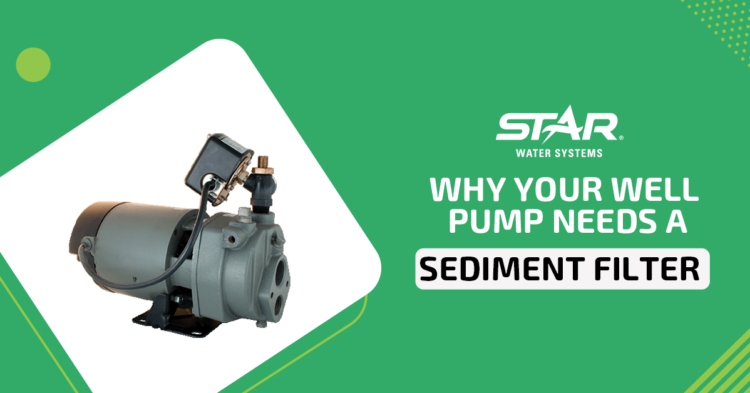Many homeowners depend on sump pumps to keep their living spaces protected. While a sump pump’s primary job is to prevent basement flooding and water intrusion, its advantages go well beyond that. These devices can help defend against heavy rains, minimize the potential for electrical fires, and even lower the risks of mold growth and pest infestations. On top of that, they help preserve valuable household items from moisture damage.

Given their many benefits, it’s easy to see why maintaining your sump pump is so important. Over time, problems can arise, and a malfunctioning pump could create more issues than it prevents. While some repairs are straightforward, others may call for a full replacement. Either way, a dependable sump pump is essential. Below are four common sump pump problems along with recommended fixes:
1. Your Sump Pump Won’t Turn On
It’s not unusual for a sump pump to stop working unexpectedly. Here are a few possible reasons why your pump might not be starting up:
- Tripped breaker: Check if the breaker connected to the sump pump has tripped. Flip it back on if needed. If that doesn’t resolve it, it may be time to call in an electrician or plumber.
- Blown or faulty fuse: Like other electric appliances, sump pumps require working fuses. Unplug the unit and inspect the fuse. Replace it if necessary and test the pump again.
- Water level too low: The pump activates only once the water reaches a trigger level in the basin. Seeing a small amount of water doesn’t mean the pump should be running yet.
- Power supply issues: Ensure the unit is plugged into a functioning outlet, preferably a GFCI outlet not controlled by a wall switch.
- Obstructed float: The float switch can get blocked by debris, preventing it from activating the pump. Clear the basin of anything interfering with the float’s movement.
2. Your Sump Pump Runs But Doesn’t Discharge Water
Sometimes, the pump is running but fails to move any water. If this sounds familiar, these solutions might help:
- Incorrectly installed check valve: The check valve keeps discharged water from flowing back into the basin. Make sure it’s installed correctly and that the directional arrow points the right way.
- Clogged shut-off valve: Debris can block water flow. Clear any obstructions and ensure the valve is open and functional.
- Blocked impeller or inlet: Sediment or debris might be clogging these components. Remove the pump and clean the affected parts thoroughly.
- Air lock: Air trapped inside the discharge pipe can stop water flow. Try clearing the vent hole to release any blockages.
- Excessive lift height: If the vertical distance the pump must push water is too high, performance drops. Refer to the pump’s specifications and adjust the discharge path if needed.
3. Your Sump Pump Is Always Running
If the pump never shuts off, even when the water is low, these are likely culprits:
- Stuck float switch: If debris causes the float to get stuck in the “on” position, the pump won’t turn off. Make sure the float can move without obstruction.
- Damaged float switch: Even if it looks fine, a faulty float can keep the unit running continuously. In this case, the part needs replacement.
4. Circuit Breaker Trips or Fuse Blows When Pump Starts
If your pump causes a fuse to blow or your breaker to trip as soon as it powers on, try these checks:
- Clogged impeller or intake: Remove and clean the pump to ensure no buildup is causing resistance. Once cleared, reset your circuit breaker or replace the fuse.
- Inadequate electrical support: If the pump draws more current than your circuit can handle, it may be time to upgrade to a 15-amp (or higher) circuit dedicated to the unit.
Need a New Sump Pump? Zoeller Has You Covered
If you’ve tried all the fixes above and your sump pump still isn’t functioning, it may be time to replace it. Zoeller Canada offers a reliable selection of sump pumps built to protect your home from water intrusion, mold, and other damage. Find a dealer near you or reach out to us online for expert advice. We’re here to help!



